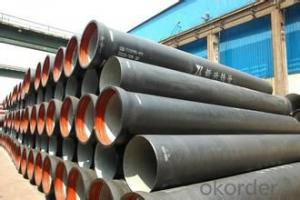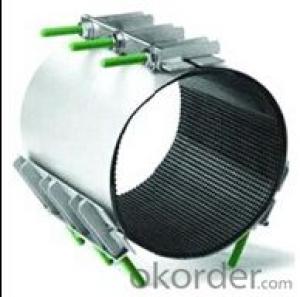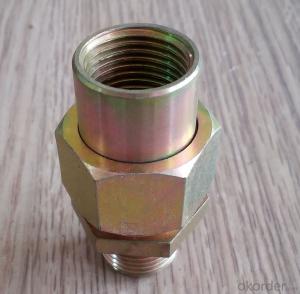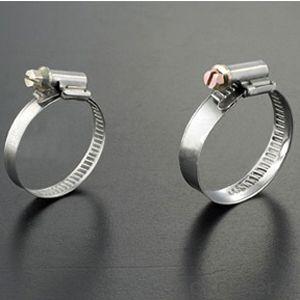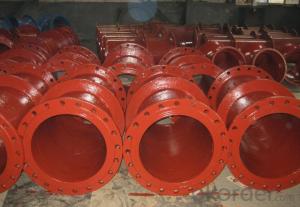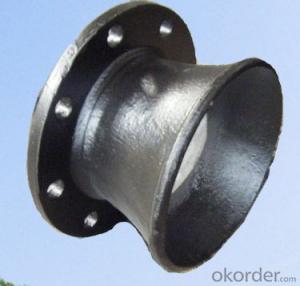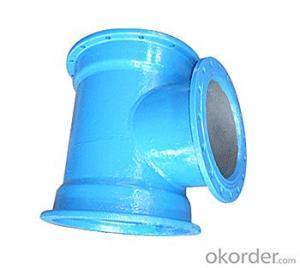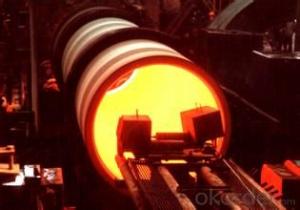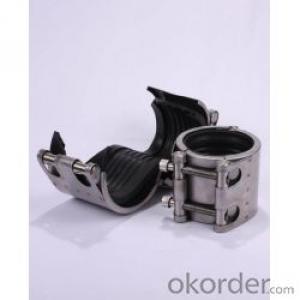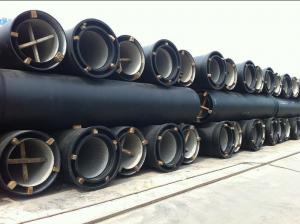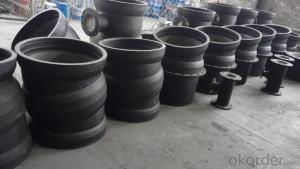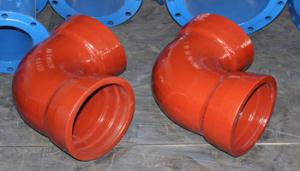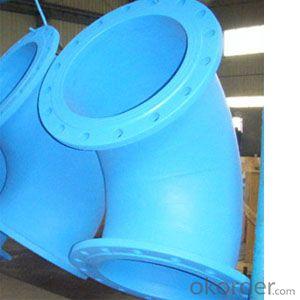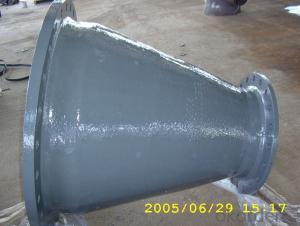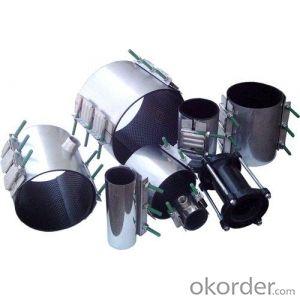All Categories
- - Steel Wire Rod
- - Steel Coils
- - Steel Profiles
- - Steel Pipes
- - Stainless Steel
- - Tinplate
- - Special Steel
- - Steel Sheets
- - Steel Rebars
- - Steel Strips
- - Hot Rolled Steel
- - Cold Rolled Steel
- - Pre-painted Steel
- - Seamless Steel Pipe
- - Welded Steel Pipe
- - Hollow Steel Tubes
- - Galvanized Pipe
- - Stainless Steel Coil
- - Stainless Steel Sheet
- - Stainless Steel Plate
- - Stainless Steel Strips
- - Electrolytic Tinplate Coil
- - Electrolytic Tinplate Sheet
- - Stainless Steel Rebars
- - Solar Panels
- - Solar Water Heater
- - Solar Related Products
- - Solar Inverter
- - Solar Cells
- - Solar Light
- - Solar Energy Systems
- - Solar Controllers
- - Solar Mounting System
- - Solar Pump
- - Solar Chargers
- - Fiberglass Chopped Strand
- - Fiberglass Mesh Cloth
- - Composite Pipes
- - FRP Pultrusion Profiles
- - Fiberglass Mat Tissue
- - Fiberglass Fabrics
- - Fiberglass Mesh
- - Composite Tank
- - Fiberglass Mesh tape
- - Polymer
- - FRP Roofing Panel
- - Fiberglass Roving
- - Monolithic Refractories
- - Ceramic Fiber Products
- - Refractory Bricks
- - Raw Materials For Refractory
- - Suspended Platform
- - Cranes
- - Concrete Machinery
- - Earthmoving Machinery
- - Building Hoist
- - Road Building Machinery
- - Plastic Pipe Fittings
- - Plastic Tubes
- - Plastic Sheets
- - Agricultural Plastic Products
- - Plastic Nets
 All Categories
All Categories
Q & A
How do you install a ductile iron pipe bend with a restrained joint?
To install a ductile iron pipe bend with a restrained joint, the following steps can be followed:
1. Prepare the joint: Clean and inspect the pipe and fitting to ensure they are free from any dirt, debris, or damage. Apply lubricant to the spigot end of the pipe and the sealing gasket.
2. Align the pipe and fitting: Carefully align the pipe bend with the existing pipeline or other fittings to ensure proper flow direction and alignment.
3. Assemble the joint: Slide the spigot end of the pipe into the bell end of the fitting until it is fully engaged. Ensure that the joint is properly aligned and centered.
4. Install the restraining system: Depending on the specific type of restrained joint used, follow the manufacturer's instructions to install the restraining system. This may include using restraining glands, bolts, or other components to secure the joint and prevent movement.
5. Tighten and secure: Once the restraining system is in place, tighten all bolts or fasteners according to the manufacturer's specifications. Ensure that the joint is securely held in place and there is no leakage.
6. Test the joint: Conduct a pressure test or perform a visual inspection to verify that the joint is properly sealed and there are no leaks or defects.
It is important to note that the exact installation process may vary depending on the specific manufacturer's instructions and the type of restrained joint being used. Therefore, it is crucial to refer to the manufacturer's guidelines and recommendations for the specific product being installed.
What are the different threading options for ductile iron pipe fittings?
The different threading options for ductile iron pipe fittings include National Pipe Thread (NPT), British Standard Pipe Thread (BSPT), and Mechanical Joint (MJ) threading.
What is the difference between ductile iron and cast iron fittings?
Ductile iron fittings are made from ductile iron, which is a type of cast iron that has been treated with magnesium to enhance its strength and flexibility. This makes ductile iron fittings more resistant to breakage and cracking compared to traditional cast iron fittings. Additionally, ductile iron fittings have a higher tensile strength, allowing them to withstand higher pressure and stress. In contrast, cast iron fittings are made from regular cast iron, which is more brittle and prone to cracking.
Are there any limitations on the temperature range for ductile iron pipe fittings?
Yes, there are limitations on the temperature range for ductile iron pipe fittings. Ductile iron is suitable for use in a wide temperature range, typically ranging from -20°C to 300°C (-4°F to 572°F). However, it is important to consult the manufacturer's specifications and guidelines to ensure the specific ductile iron pipe fittings are suitable for the intended temperature conditions and application.
Wholesale Ductile Iron Pipe Fittings from supplier in America
We are a Ductile Iron Pipe Fittings supplier serving the America, mainly engaged in the sale, quotation, and technical support services of various Ductile Iron Pipe Fittings products in the America region. We are a subsidiary platform of the Fortune Global 500 company CNBM, able to provide you with one-stop Ductile Iron Pipe Fittings procurement services in the America. Not only do we have a wide range of Ductile Iron Pipe Fittings products, but after years of market development in the America, we can also provide valuable experience for your projects.
Hot Search
- Ductile Iron Pipes in Lesotho
- Ductile Iron Pipe Fittings in Liberia
- Ductile Iron Pipes in Iran
- Ductile Iron Pipes in Nicaragua
- Ductile Iron Pipes in Chile
- Ductile Iron Pipes in Cuba
- Ductile Iron Pipe Fittings in Sudan
- Ductile Iron Pipe Fittings in France
- Ductile Iron Pipes in Latvia
- Ductile Iron Pipes in Guinea Bissau
